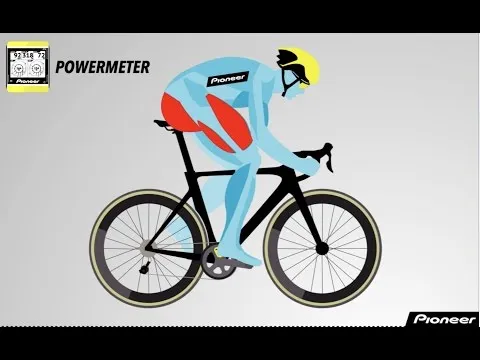Bicycles are a big deal worldwide, worth about $54.44 billion in market size as of 2020 according to world statistics. Surely, this has definitely increased in the last 2 years and some months. People are getting into cyclinging for the fun and thrill of it. As a result most people that cycle have been able to stay healthy by avoiding issues like obesity.
Now, let's talk about how your body works when you pedal a bike.
There are three important body parts at play when pedaling:
- Your behind on the seat. The seat serve as a support for your body weight. This allows you to do other things that come after.
- Your hands on the handlebars. The handlebar serves as a means for changing direction as you cycle. It also gives extra support. This help to better improve balance and coordination
- Your feet on the pedals. The pedals are the only part of a bicycle that moves it forward
But these parts can sometimes get uncomfortable, causing things like numbness or pain. Sounds like a job for comfy bike seats!
When you ride, there are two main actions;

Image by Clker-Free-Vector-Images from Pixabay
The first one is when you push the pedals from 12 o'clock to 6 o'clock, that's your "Power Phase," and it makes your bike move forward.
The second part, the "Recovery Phase," is when you relax a bit and pedal from 6 o'clock back to 12 o'clock.
The muscles doing all the heavy lifting are your quadriceps, hamstrings, and gluteals (fancy words for leg muscles). They are like the engines powering your bike. You also have:
- The calf muscles (muscles found behind your leg just below your knee)
- Tummy muscles
- The muscles in your back helping to keep you steady.
Other important folks include your hip flexors (muscles in front of your waist/hip), which help your hips stay happy. And don't forget your trunk, back, and arm muscles. They're like your bike's secret agents, making sure you don't wobble.
Your feet and hands play an important role too. But remember, too much pressure on them can lead to problems. Sometimes, nerves can get pinched, and you might feel funny sensations. So, give your hands and feet some love!
All these moving parts in your body work together like a dance. Your hips and knees move a lot, and your ankle helps with the pointing and flexing. And your foot is in charge of transferring power from your leg to the pedal. But be careful not to overdo it and hurt yourself.
If you're serious about biking, You really want to take note of the following:
Make sure your bike fits you properly. If it doesn't, it can mess up your ride or even cause injuries. So, make sure your seat is the right height, your saddle is comfy, and your handlebars are just right. You'll have a much better time!
While you're pedaling, pay attention to your facial expression. If you find yourself frowning or clenching your jaw, it's like your body's way of saying, "I'm working hard!" Especially your jaw muscles can tell you how much effort you're putting in.
For a quick recap on muscles involved in cycling, watch this 60seconds video 👇

video by pioneercyclo
So, that's how your body works when you're riding a bike. Stay safe, wear a helmet, and have fun pedaling
- https://www.exploratorium.edu/explore/cycling/human-power
- https://evidation.com/blog/what-muscles-does-biking-work
- https://honehealth.com/edge/fitness/what-muscles-does-cycling-work/
- https://www.livestrong.com/article/417895-what-parts-of-the-body-does-bicycling-work/
- https://www.bikeradar.com/advice/fitness-and-training/muscles-used-in-cycling/
First Image by Pexels from Pixabay
Second Image by Clker-Free-Vector-Images from Pixabay
Third Image by Pexels from Pixabay
Video used by pioneercyclo


